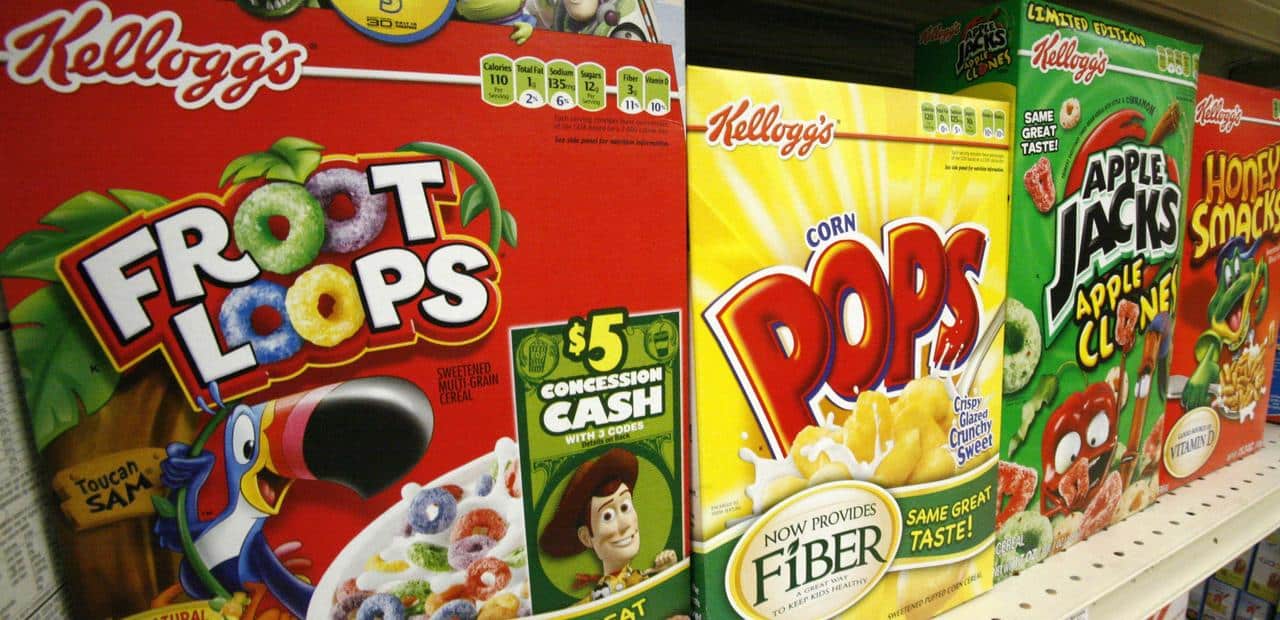I’m sure you haven’t missed the headlines lately about brands like Kellogg’s and the San Diego Zoo pulling their ads from Breitbart News. For the most part, big-name advertisers promptly pulled their ads, since they don’t want consumers associating their brands with fake news, racism and hate. What the public probably – and unfortunately – doesn’t realize is that these ads were placed programmatically, and were never intentionally run on Breitbart or any other unsavory site. In fact, many advertisers claimed that they didn’t even know their ads were there.
For a lot of advertisers, this issue underscores the brand safety concerns that have plagued programmatic advertising since day one. From fake news sites to hate speech, buying brand-safe media in the digital world seems more challenging than ever. And contrary to popular belief, this concern is not unique to brand advertisers. Many direct response advertisers also care about brand image, as well. Whether you’re selling mattresses or hotel rooms online, trust is everything. And one ad on one offensive site can do a surprising amount of harm.
While this particular brand safety concern is new to many advertisers, agencies like ours have been prepared for a long time, and we were ready for this storm. We’ve worked with platforms and networks that didn’t prioritize quality the way our current partners do. Years ago, we had to run damage control when a client sent us screen shots of their ads on shady websites. We thought we’d checked all the boxes and done everything right, so we were caught off guard by the find, and we had to work hard and quickly to remedy the situation for our client. It’s not a position any agency or marketer wants to be in, ever. Trust me. That said, we learned our lesson – FAST – and we’ve been ahead of the storm for the last several years as a result.
So what can we tell you to do to keep your brands (or your clients’) safe from distasteful ad placements? Here’s what we do for our brand and DR clients, and how we’ve found success over the years.
- First, consider your campaign goals. For some clients, brand safety isn’t important. However, for many it is critically important. If this is the place, understand that reach and scale may have to be compromised, and ROI may be impacted. However, your client will likely be happy to sacrifice a small percentage of impressions for the safety of their brand image.
- Call us old school, but we have white lists and black lists, and we use them. Our team has been in the industry long enough to see some bad things firsthand, so we keep a house list of blocked domains. To bolster that, our technology partner maintains dynamic black and white lists. Most DSPs do this, but we’ve found that some are way better than others. If you haven’t already, you’ll want to talk to your agency and/or your technology partners about their black and white lists, how frequently they’re updated, and to what standards. (For the record, AppNexus just banned Breitbart. If other haven’t already, I’m sure many will follow suit.) But even then – don’t rely solely on your partners’ lists. Build your own. Maintain it. Use it.
- We leverage industry-leading tools to ensure ads appear on high-quality sites. For us, that means sites that are free of hate speech, porn, and scams. And of course, fake news. There are a ton of great tools out there, including Integral Ad Science, Sizmek, Moat and others. If your technology partners haven’t already teamed up with one of the big players in this space (and they probably have), look into a direct relationship. This is an important step not only for ensuring your ads are appearing in brand-safe environments, but also for confirming viewability and monitoring fraudulent activity.
- Even with all these steps in place, with literally billions of impressions, some may still go astray. It’s important to be vigilant and continue to monitor campaigns in-house. Yes, it’s time consuming. Yes, it’s cumbersome. But it’s important. Randomly check those black-listed sites. Check your client’s most recent placements on Moat. Do what you need to do to be confident your client’s brand is never at risk by your actions or your partners’.
Even with all these systems in place, a nasty site or two may slip through. It happens. But be vigilant about following all these steps, and you’ll sleep at night knowing that your clients’ brands are as safe as they can possibly be in our ever-evolving industry. The payoff will extend beyond the results you deliver for your clients, but also the stronger relationship you will have. They’ll have gained a trusted partner, one who understands the value of their brand reputation. And you, hopefully, will have a gained a happy client for life.




